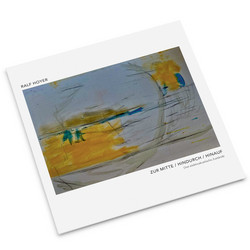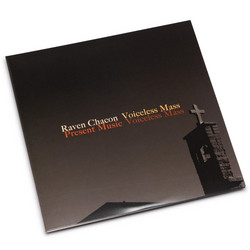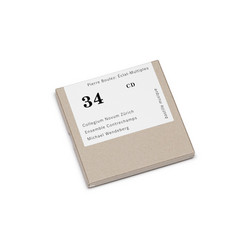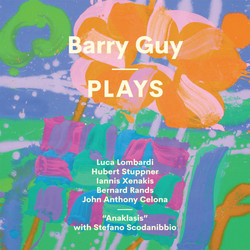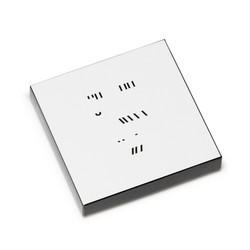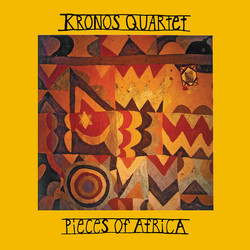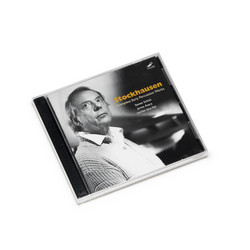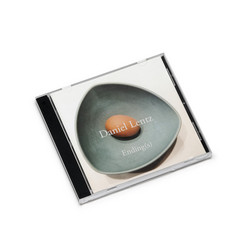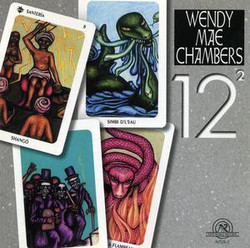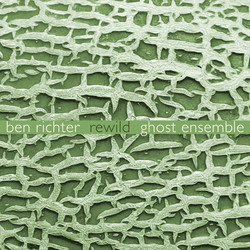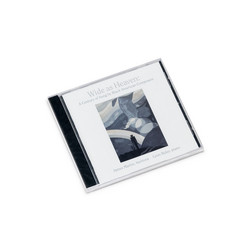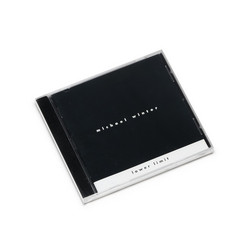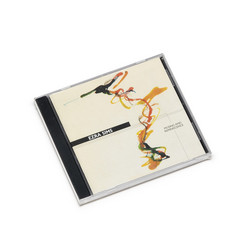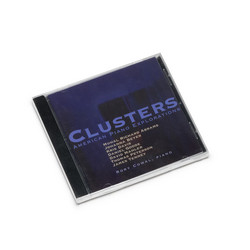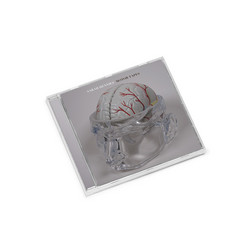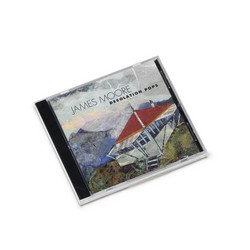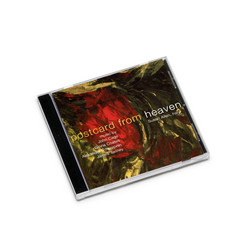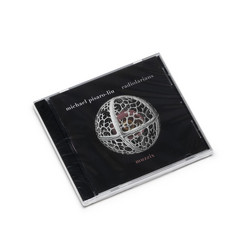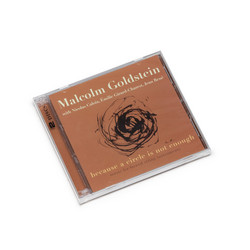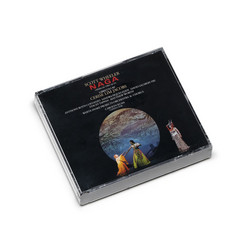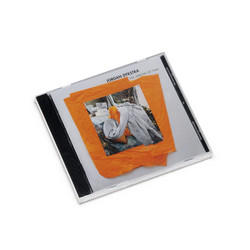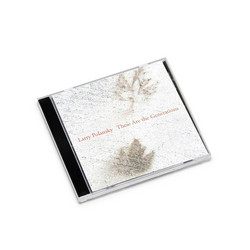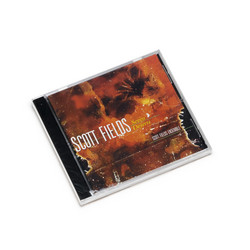Nata Swara, Jack Quartet
Brian Baumbusch: Chemistry for Gamelan and String Quartet
Chemistry for Gamelan and String Quartet is the culmination of a long-term collaboration between the JACK Quartet and composer and instrument builder Brian Baumbusch (b. 1987). Over the past ten years, Baumbusch has designed and built two separate sets of “American gamelan” instruments. Based on various instruments from the Balinese gamelan tradition, these instruments depart in innovative ways from Indonesian traditions based on their unique tuning, inspired in part by the tuning theories published by musicologist William Sethares, as well as their design and performance techniques, which draw inspiration from instruments built by Lou Harrison and Harry Partch.
Hydrogen(2)Oxygen (2015) uses a unique compositional technique called “polytempo,” pioneered by composer Conlon Nancarrow and further developed by Baumbusch in his works for large ensemble. Hydrogen(2)Oxygen explores the unique tuning landscape that is created by combining Baumbusch’s Lightbulb instruments with string quartet. This work in particular uses performance practices native to Bali and advanced instrumental techniques that are derived from the virtuosic tradition cultivated by the artistry of Balinese musicians. Therefore, to produce the recordings on this album, Baumbusch returned to Bali with his instruments to work with Nata Swara. This is the first instance of Balinese musicians performing on “American gamelan” instruments within Indonesia.
Three Elements for String Quartet (2016) is one of Baumbusch’s earliest endeavors in composing with polytempo structures. The format of the three movements requires that the performers use individual click tracks in the first and third movements in order to execute the polytempo relationships in the music, and in the middle movement the ensemble is free from “clock time” and can interpret the rhythms communally.
Prisms for Gene Davis (2018–2021) involves a separate set of gamelan instruments from those used in Hydrogen(2)Oxygen. It is an exploration of Balinese compositional heterophony, though structured to contain irregular and compound meters that are less common in Balinese music. Prisms can be thought of as a refraction of Baumbusch’s relationship to both American Minimalism and Balinese music.
This album is the work of a diligent composer who has travelled deep down many rabbit holes (instrument building, tuning, spectral analysis, tempo technology, Balinese compositional techniques, and even microphone building) to learn the technical information needed to engage with these complex compositional worlds. He has resurfaced from these explorations with a sensitive and refined fusion that can be heard here.







